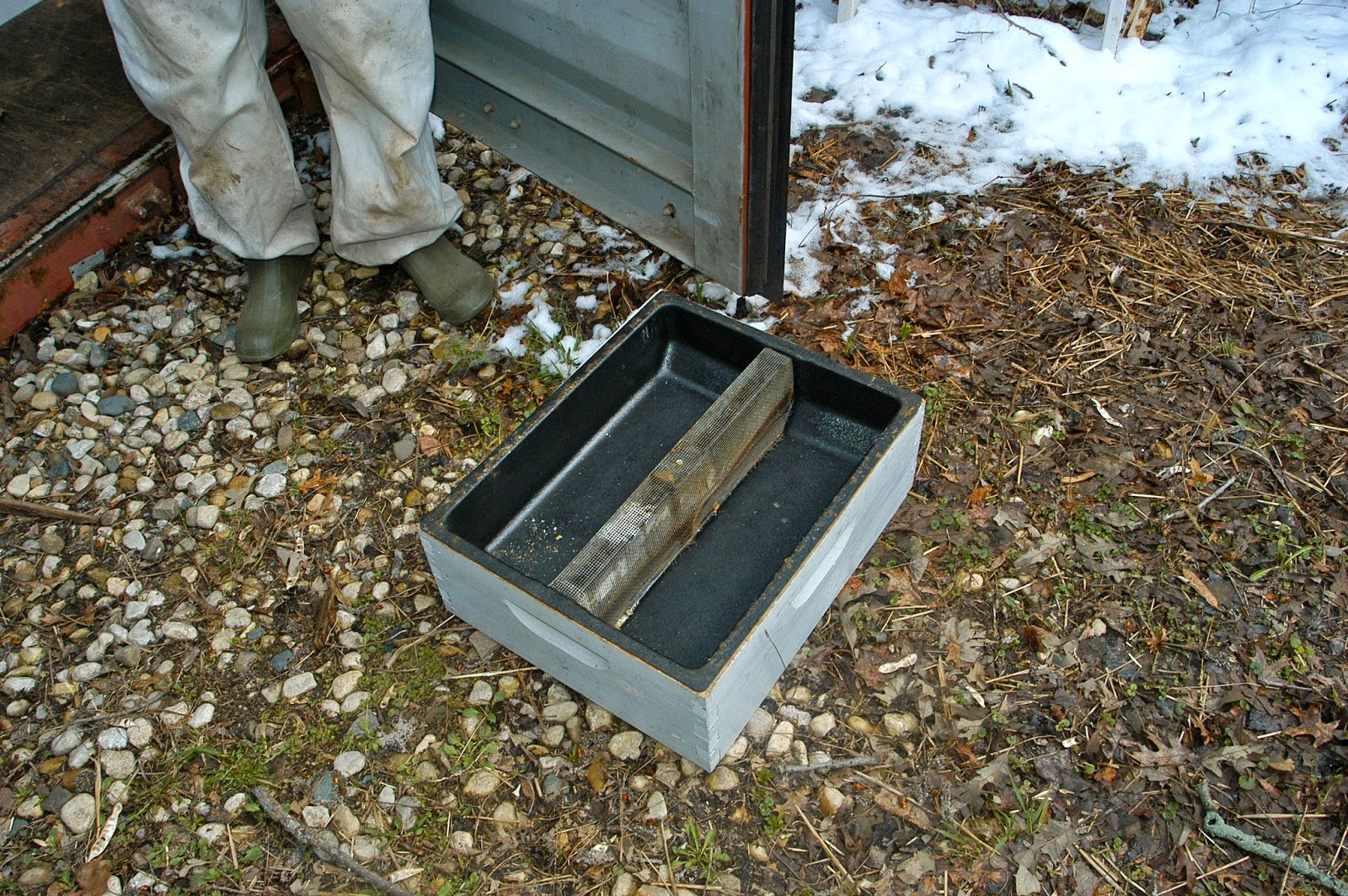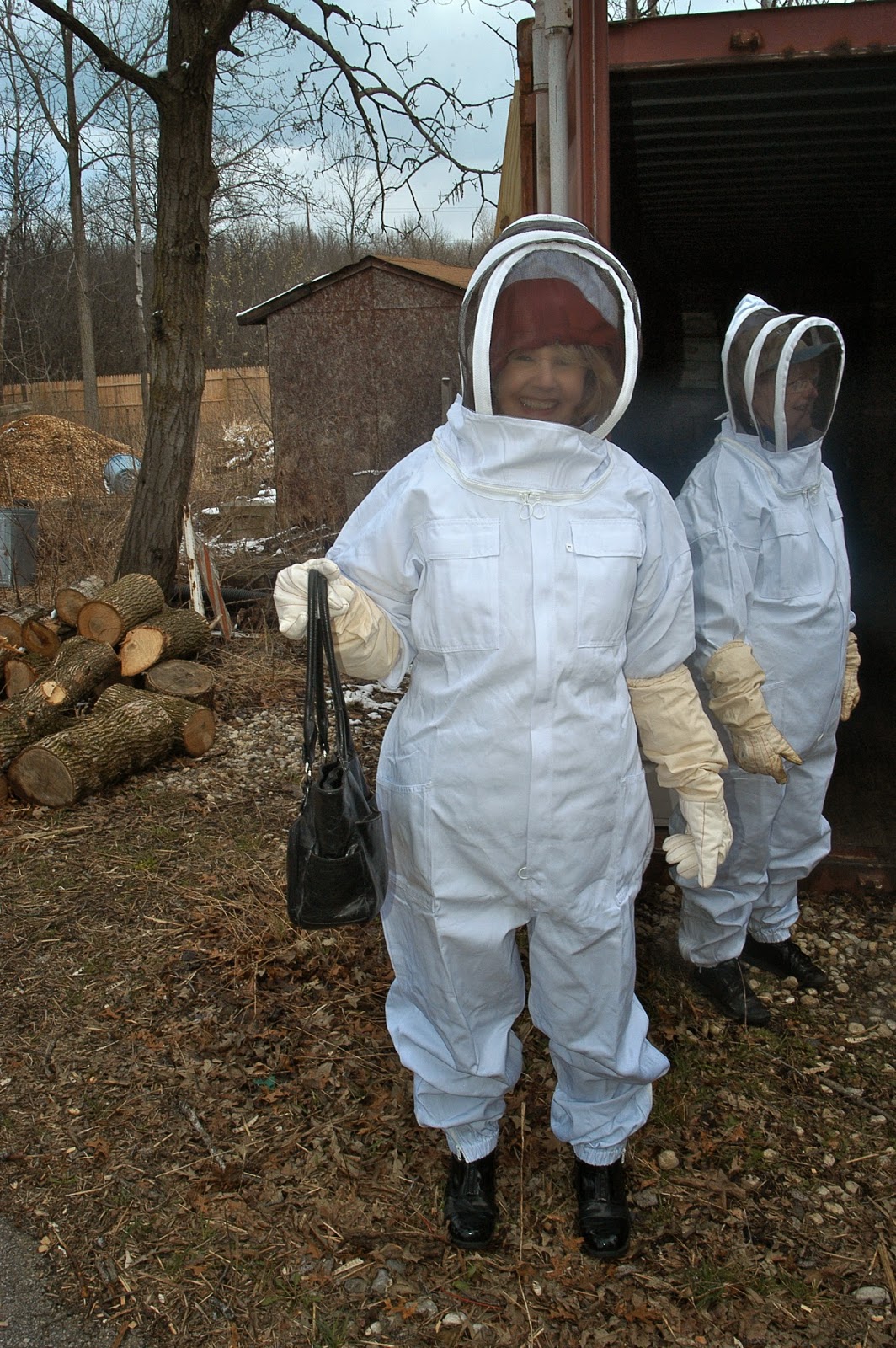FREE
•FRIDAY NIGHT•
Go Green Northbrook presents
"QUEEN OF THE SUN"
Everyone is Welcome • Discussion Afterward
• SATURDAY •
Earth & Arbor Day Celebration
Go Green Northbrook
Joins 50 Other Exhibitors
On the Village Green
9:30 AM to 1:00 PM
[Come at 8:30 AM to help with village clean up]




























